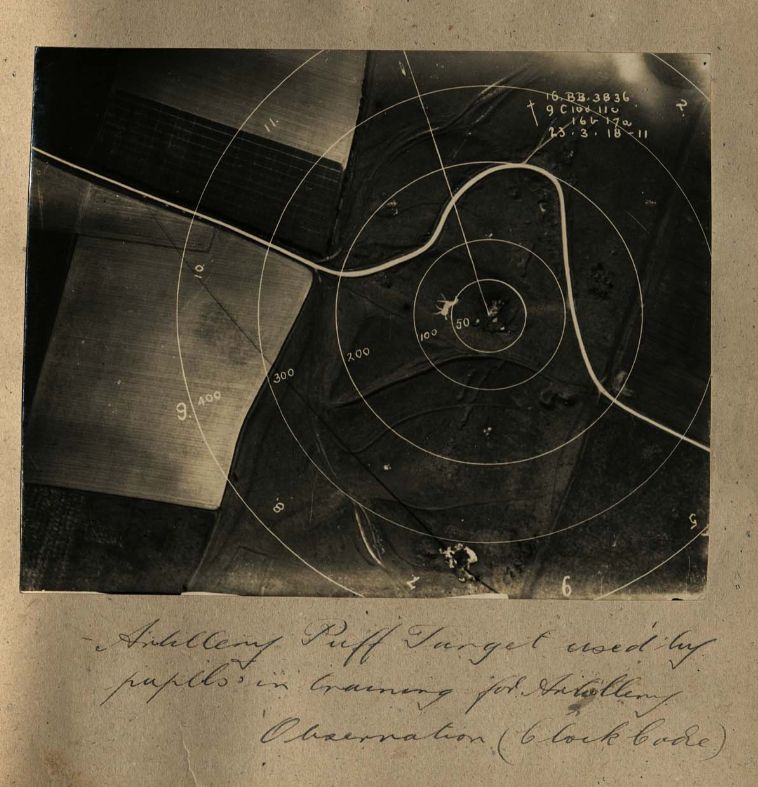
Stuff at independent.academia.edu/MartynBarber



Racist and anti-racist Heathenry and occultism in Britain"
(open access pdf version)
manchesteruniversitypress.co.uk/9781526179463
Racist and anti-racist Heathenry and occultism in Britain"
(open access pdf version)
manchesteruniversitypress.co.uk/9781526179463


![Extract from the Wiltshire TImes, 25th September 1915, stating that Stonehenge, when the bidding readed £6,600, was [quote] "knocked down to Mrs. C.H.E. Chubb, the wife of a popular local landowner. There was much applause when the name of the purchaser was announced..." [end quote]](https://cdn.bsky.app/img/feed_thumbnail/plain/did:plc:trtximx22xbyxl6wwykqgoqf/bafkreicopn4nlsi2nidcpl45fhhwmu3p26kvcy5nkoaouv5bsu673wodim@jpeg)
[*by 'modern myths', I of course mean utter b*ll*cks]

[*by 'modern myths', I of course mean utter b*ll*cks]














www.historyworkshop.org.uk/empire-decol...

www.historyworkshop.org.uk/empire-decol...


#ThePhoneLinesAreNowClosed
#DebbieDoesDolmens


#ThePhoneLinesAreNowClosed
#DebbieDoesDolmens
forms.gle/YkcYuikrqh1D...
#archaeology #🏺#eaa2025

forms.gle/YkcYuikrqh1D...
#archaeology #🏺#eaa2025
⏰Registration for AARG 2025 closes today!⏰
📷✈️🛰Join us for two days of aerial archaeology and remote sensing in Trondheim.
📷✈️🛰Join us for two days of aerial archaeology and remote sensing in Trondheim and make the most of the reduced rates. Standard registration will close on 31st July.
The call for posters is still open, so please continue to submit your poster abstracts!
Register by 30th June to avail of the Early Bird offer.
⏰Registration for AARG 2025 closes today!⏰
📷✈️🛰Join us for two days of aerial archaeology and remote sensing in Trondheim.


